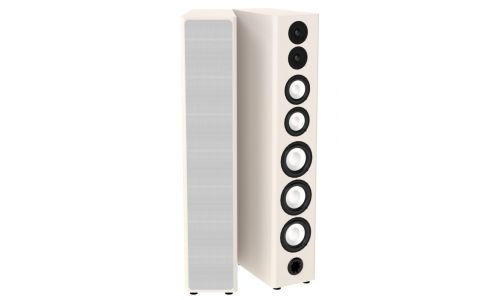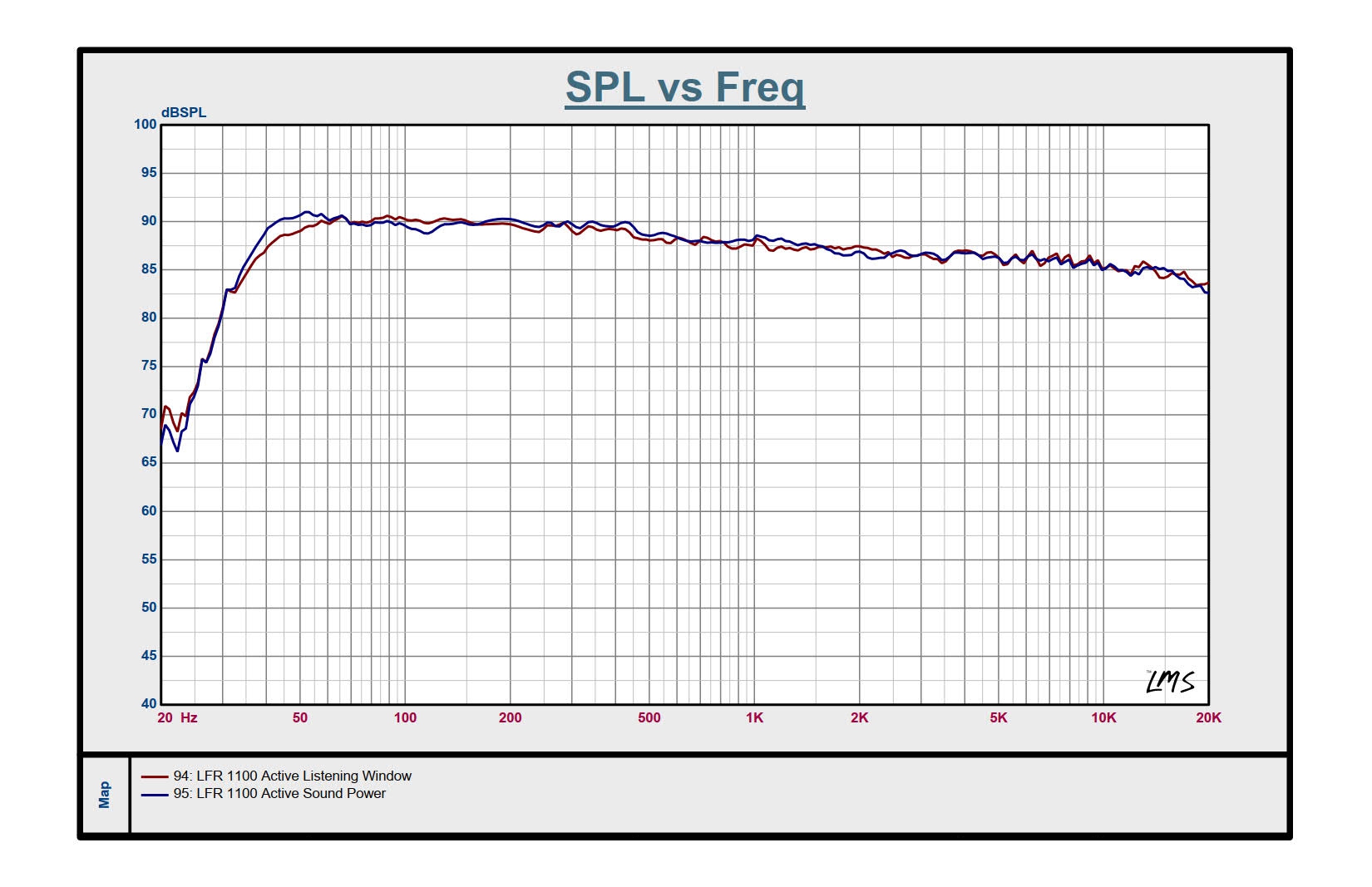If my room is an unconventional shape or I need to place my speakers close to the back wall, will the LFR1100 Actives still work properly?
Absolutely! The included Digital Signal Processors (DSPs) have a Boundary Compensation control to allow you to tailor the information from the rear drivers to suit your environment. For placement close to the rear wall, experiment with the NEAR settings. If one speaker has no rear wall behind it, choose one of the FAR settings for that channel. The LFR1100 Actives have an uncanny ability to work with your listening room, rather than against it, in part because of the omnidirectional spread of sound.
What are the main differences between the passive and active LFR1100s and what can I expect to hear?
Removing the passive crossovers from the LFR1100 and directly driving each section with a dedicated amplifier gives us full control over the operation of each driver group. This in turn means that we have the ability to tailor the overall system to produce an ideal Family of Amplitude Curves. Another important benefit of the LFR1100 Actives is that removing the passive crossovers also removes a source of distortion and losses, meaning that the entire speaker has a higher sensitivity for better detail and dynamics. These things combined allow the LFR1100 Actives to deliver more clarity, revealing fine details in your favorite recordings that you have never heard, along with stunning dynamics, impact, and bass control that will shock you with well-recorded drums and percussion.
The LFR1100 Active DSPs offer both RCA and XLR connections, which should I use?
With a system that involves as many low-level connections as the LFR1100 Actives, much of the conventional wisdom regarding connections and wire lengths no longer applies. If your receiver/processor/pre-amp and power amp(s) have balanced XLR outputs and inputs, we recommend using XLR for all connections as it will reduce the likelihood of ground-induced noise and the overall system noise floor. Regardless if you are using RCA or XLR connections, all interconnect cables between the DSPs and amplifiers should be of the same type and identical lengths and all connections should be XLR OR RCA, not a mix of both.
With two DSP chassis and two or more amplifier chassis, what is the best way to place them?
Ideally your equipment rack or stand will allow each component to be placed on a dedicated shelf with adequate space above the amplifiers for cooling. If the components must be stacked, we recommend placing the amplifiers on top of the DSPs to allow for proper ventilation.




 DSP, customized for the LFR1100 Actives
DSP, customized for the LFR1100 Actives
